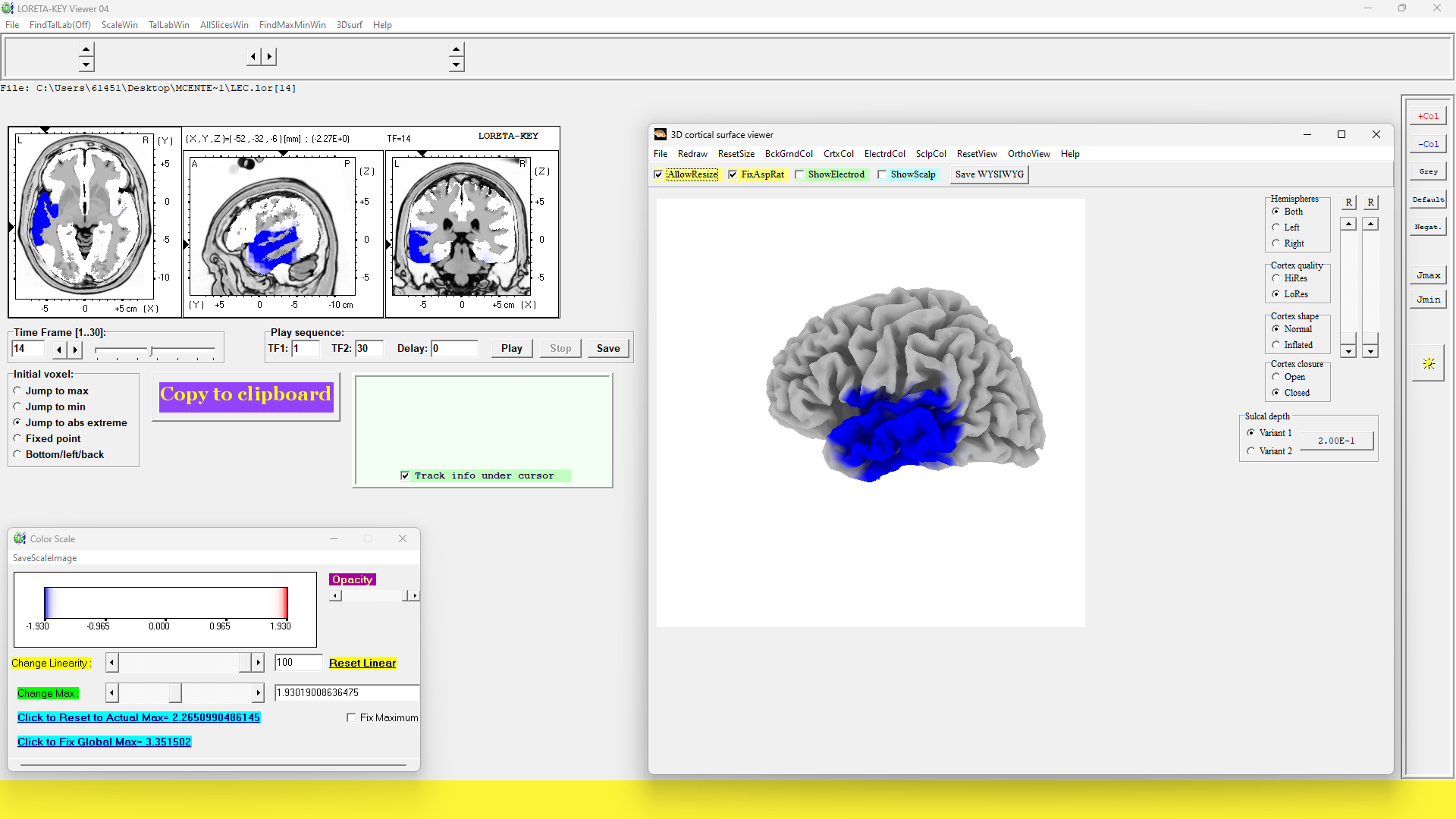Brain Health & Exercise
The importance of exercise in optimising brain health
“Lack of activity destroys the good condition of every human being”
When we think of exercise, we often picture toned muscles or a healthier heart. But one of the most powerful benefits of physical activity happens inside our heads—literally. Research continues to show that regular exercise is a key driver of brain health, benefiting both children and adults in very significant ways.
Exercise and the Developing Brain
For children, exercise is more than a way to burn energy. Physical activity stimulates the release of neurochemicals like brain-derived neurotrophic factor (BDNF), which supports the growth of new neurones and strengthens existing neural connections. These changes improve memory, attention, and learning abilities—critical skills for success in school and later in life.
Regular physical activity in children is also linked to better emotional regulation. Exercise reduces stress hormones like cortisol while increasing endorphins, fostering resilience and a more positive mood. These benefits can set the stage for healthier mental well-being well into adulthood.
Exercise and the Adult Brain
In adults, exercise continues to act like a brain fertiliser. Aerobic activities such as brisk walking, cycling, and swimming improve blood flow to the brain, ensuring it gets the oxygen and nutrients it needs to function optimally. This increased circulation supports memory retention, problem-solving skills, and creativity.
Perhaps most importantly, staying active in adulthood helps protect against age-related cognitive decline. Multiple studies link regular exercise to a lower risk of dementia and Alzheimer’s disease. Physical activity also promotes neuroplasticity—the brain’s ability to change itself by forming new neural connections—which keeps mental skills sharp even as we age.
Recommended Guidelines
Preschoolers (3–5 years): At least 180 minutes daily, including 60 minutes of energetic play such as running, skipping, or bike riding.
Children and adolescents (6–17 years): At least 60 minutes of moderate-to-vigorous activity daily, including aerobic exercise most days, plus muscle- and bone-strengthening activities three times per week.
Adults (18–64 years): At least 150 minutes of moderate-intensity aerobic activity or 75 minutes of vigorous activity weekly, plus muscle-strengthening exercises two or more days a week.
Older adults (65+ years): Follow adult guidelines, adding balance and flexibility exercises to prevent falls.
Measuring Brain Health
We all understand the importance of a dental check-up, eye test or visit to the GP to help maintain our physical health. Wouldn’t it be helpful to be able to measure your brain health too? Thanks to advances in science and technology you can with QEEG Brain Scans.
QEEG Brain Scans are safe and non-invasive brain scans that accurately measure how well your brain is working. This unique information can be used to direct truly personalised care to optimise your brain health and help you to achieve the best you can be.
QEEG Brain Scans are safe and non-invasive brain scans that are appropriate for almost any age. Unlike standard CT and MRI scans, which provide information about brain structure, QEEG Brain Scans provide unique information about brain function by measuring the electrical activity of your brain. The results of QEEG Brain Scans generate unique 2-D and 3-D images that show how your brain is working.
What can you do?
Book your QEEG Brain Scan today and take the first step towards better brain health. Click Get Started or Discover More to find out how we can help.








